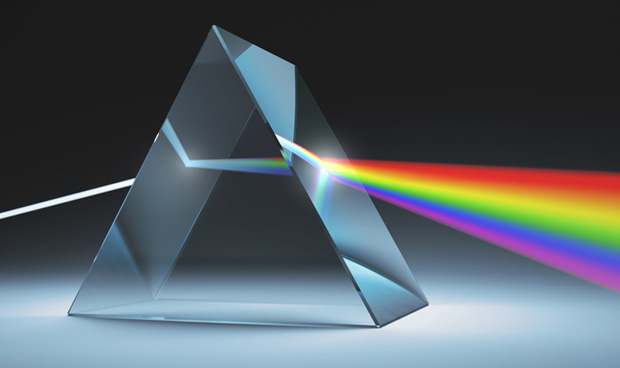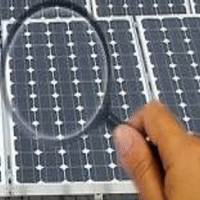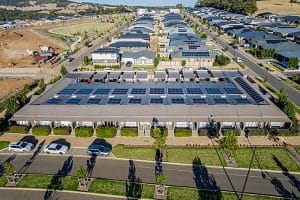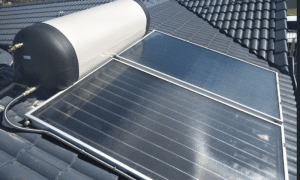We may soon be able to install solar panels from a broad palette of colours, thanks to new nanotechnology.
A study published this week in Applied Physics Letters brings us one step closer to a future of custom-colour solar panels.
Researchers have discovered how to imprint existing solar panels with silicon nanopatterns that scatter green light at an observer.
The rooftop solar panels have a green appearance from most angles, yet only show about a 10 per cent power reduction due to the loss of absorbed green light.
“Some people say, ‘Why would you make solar cells less efficient?’” said Verena Neder, lead author of the paper. “But we can make solar cells beautiful without losing too much efficiency.”
Coloured solar panels to match any setting
The new method is easy to apply and will open up a world of architectural and design possibilities.

Imagine red panels on rooftops, green panels in garden settings, or white panels fixed to exterior walls.
Currently, consumer solar panels can ideally turn up to 22 per cent of the sun’s light into solar energy. Coloured solar panels are already on the market, but their dyes and reflective coatings greatly reduce efficiency.
Ms Neder and colleagues created their efficient, green solar panels through soft-imprint lithography. This works like an optical rubber stamp to imprint a dense array of silicon nanocylinders onto the solar panels.
Nanocylinders fine-tuned to change solar cell colour
The geometry of the nanocylinder determines which wavelength it scatters and can be fine-tuned to change the colour.
Unlike existing coloured solar panels, the nanopatterns give a consistent appearance from different angles.
“The structure we made is not very sensitive to the angle of observation,” Ms Neder said. “So even if you look at it from a wide angle, it still appears green.”
The nanopatterns could also be useful in making tandem solar cells. These stack several layers, each designed to absorb parts of the spectrum, to achieve efficiencies greater than 30 per cent.







































